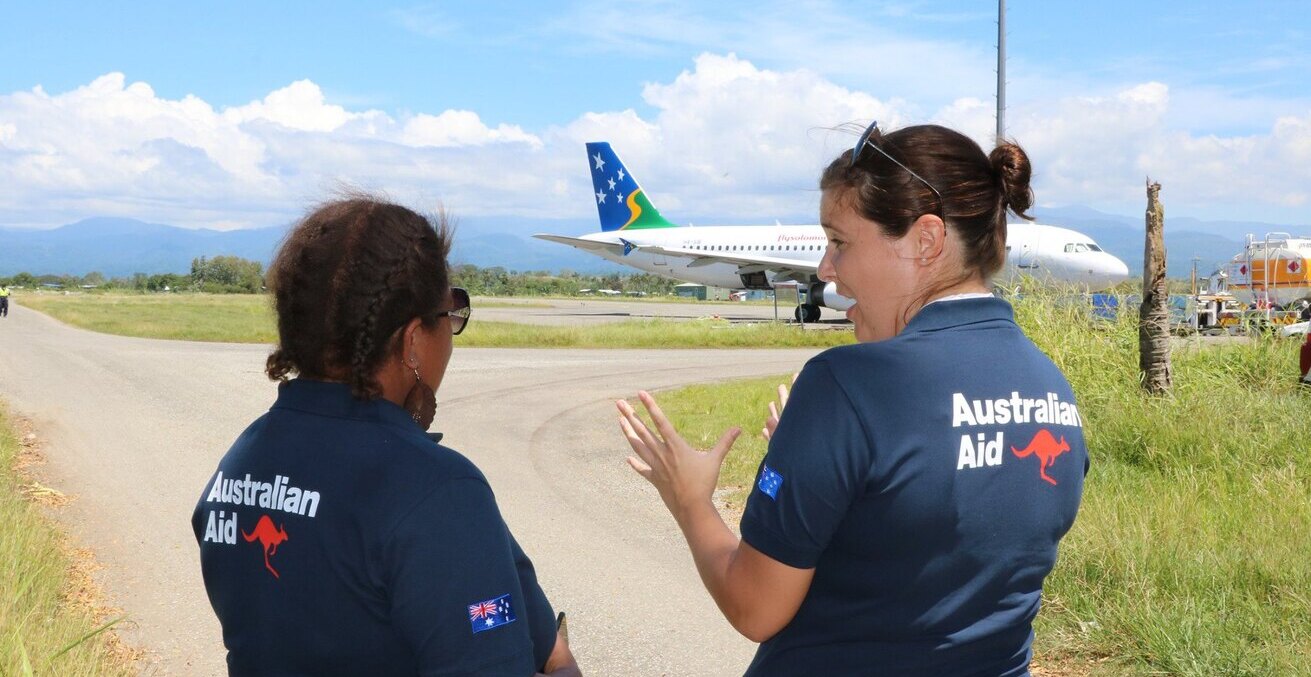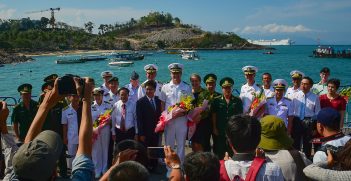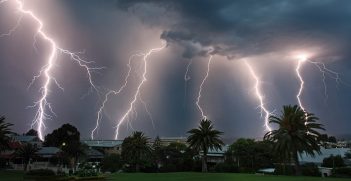Pacific Proposals – Five Ideas for an Incoming Government

The Pacific dominated political discourse in the recent federal election. As a new Labor government enters power, a proper plan is needed to engage with the region.
The significance of the Pacific Islands region to the new Albanese government was clear from the start. Between being sworn in as Foreign Minister and getting on a plane to Tokyo, Senator Penny Wong recorded a video message for the Pacific signalling a step change and promising to visit ‘soon’. Indeed, Senator Wong followed through on this commitment with a two-day trip to Fiji on days three and four of her tenure as Foreign Minister. In his first ever international address, Prime Minister Albanese highlighted the importance of the region to his foreign policy thinking, with combatting climate change top of mind. This comes hard on the heels of an election campaign in which Australia’s relationships with Pacific Island countries not only got a mention, but were front and centre for a sizeable period. Whilst it seems a long time ago, it is worth remembering that prior to the onset of COVID, the “Pacific Step-Up” was the signature foreign policy of the Morrison government. It was Morrison who coined the term “Pacific family” which gradually became common parlance among coalition Ministers and MPs.
We’ve already heard from the Labor government some of the “what” they have in mind when it comes to working in and with the Pacific with respect to aid, labour mobility, and increased support for maritime surveillance. I’ve argued previously that the “how” is often underdone and this is what is needed to develop and sustain deep and long-lasting relationships based on trust, reciprocity, and respect. Here are five practical suggestions for taking this part of the conversation forward.
1. Create an Australia-Pacific Council
This will be an excellent vehicle for developing “Pacific literacy” in Australia. Its absence is a glaring gap in the soft power space. There is the Australia-India Council, and the Australia-Japan Foundation among others. Their focus is very much on cultural exchange and enhancing people-to-people links. A body of this type can provide high quality support to innovative projects and programmes designed to further people-to-people links between Australia and the Pacific. An area of particular focus for the Council should be in the realm of cultural and creative industries. a body of this type will allow for prestigious appointments of members of Pacific diaspora communities here in Australia – academics, businesspeople, sportsmen and women, and more.
2. Establish a Pacific Prepared Executive Education program
For Australian officials, business people, and others to work, socialise and live alongside Pacific Islanders, they need to learn and understand more about the region. The lack of Pacific-related content in school and university curriculums can be offset by developing a fit-for-purpose executive education program that can include appropriate networking opportunities to support professional exchanges, business-to-business linkages, and more. It should include contributions from experts who are located in the Pacific as well as members of the Pacific diaspora communities here in Australia.
3. Establish a media content fund
As a matter of some urgency, Australia needs to establish a Pacific media content fund. This is crucial to support democratic resilience in Pacific Island countries. Time is running out for independent media outlets in the region. They need financial support for payroll, overheads, and basic resources if they are to survive and provide any meaningful oversight function. Also needed is facilitation of content sharing and offshoring of stories to support and sustain peer support among publishers, editors, and journalists who face increasing threats to media freedom. Whilst proposals to enhance supply and broadcast of Australian content into the Pacific may be welcome, they do not address these fundamental issues which are about keeping the media alive in countries where it is increasingly difficult to hold leadership to account.
4. Establish a Pacific Step Up advisory group
Taking a leaf out of New Zealand’s book, DFAT should establish an advisory group which will provide a more diverse set of knowledge resources to support the Office of the Pacific. This will supplement capacity gaps and allow for enhanced contestability in the policy making process. The membership will be drawn from academia, the business community, the media, and the development community. Once again, the expertise of Pacific diaspora communities will be of benefit here.
5. “Pacific Regionalism Fellowship” Program
Australia should sponsor this program in conjunction with (or as an accompaniment to) the New Colombo Plan. It would be an excellent way to support Pacific multilateralism. It will help address a long-recognised need for regional analysis and thinking to underpin the development and implementation of the 2050 Strategy for the Blue Pacific Continent. It should be a professional development program for cohorts that encompass the whole membership of the Pacific Islands Forum. There is a big opportunity for the University of the South Pacific to be an academic partner in this. Each cohort should be drawn from academia, the public service, civil society, and the business community.
These are ways in which the tone and tenor of Australians relationships with the Pacific can be shifted, expanded and improved. There are opportunities and challenges to share in building a region of peace, prosperity, and partnership.
Dr Tess Newton Cain is the Project Lead for the Griffith Asia Institute’s Pacific Hub.
This article is published under a Creative Commons Licence and may be republished with attribution.





